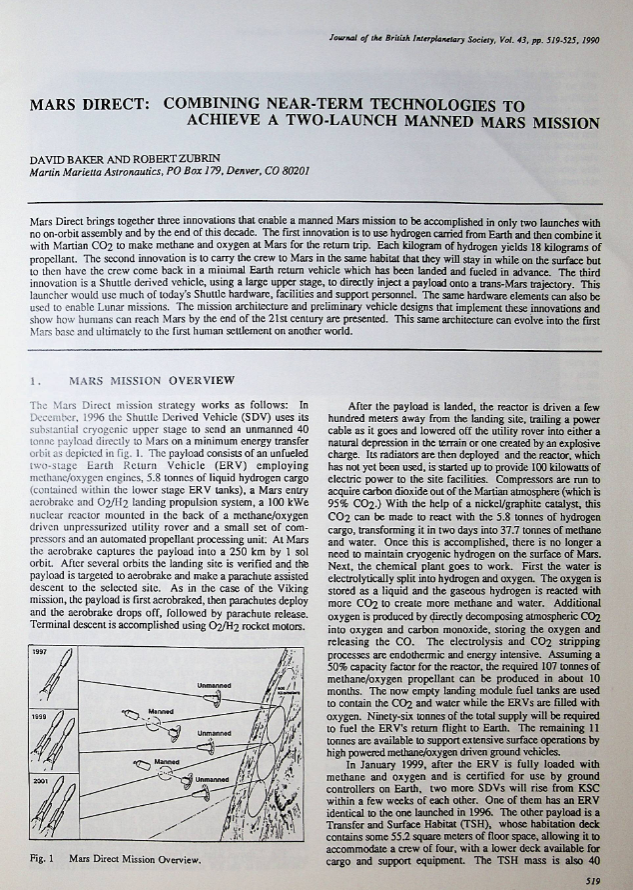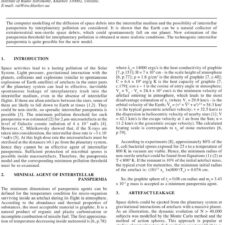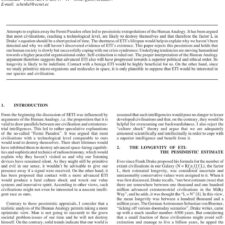Mars Direct: Combining Near-Term Technologies To Achieve A Two-Launch Manned Mars Mission
£5.00
D. Baker, R. Zubrin. (1990), JBIS, 43, pp.519-525
Refcode: 1990.43.519
Abstract:
The Mars Direct mission strategy works as follows: In December, 1996 the Shuttle Derived Vehicle (SDV) uses its substantial cryogenic upper stage to send an unmanned 40 tonne payload directly to Mars on a minimum energy transfer orbit as depicted in fig. 1. The payload consists of an unfuelled two-stage Earth Return Vehicle (ERV) employing methane/oxygen engines, 5.8 tonnes of liquid hydrogen cargo (contained within the lower stage ERV tanks), a Mars entry aerobrake and O2/H2 landing propulsion system, a 100 kWe nuclear reactor mounted in the back of a methane/oxygen driven unpressurized utility rover and a small set of compressors and an automated propellant processing unit.





